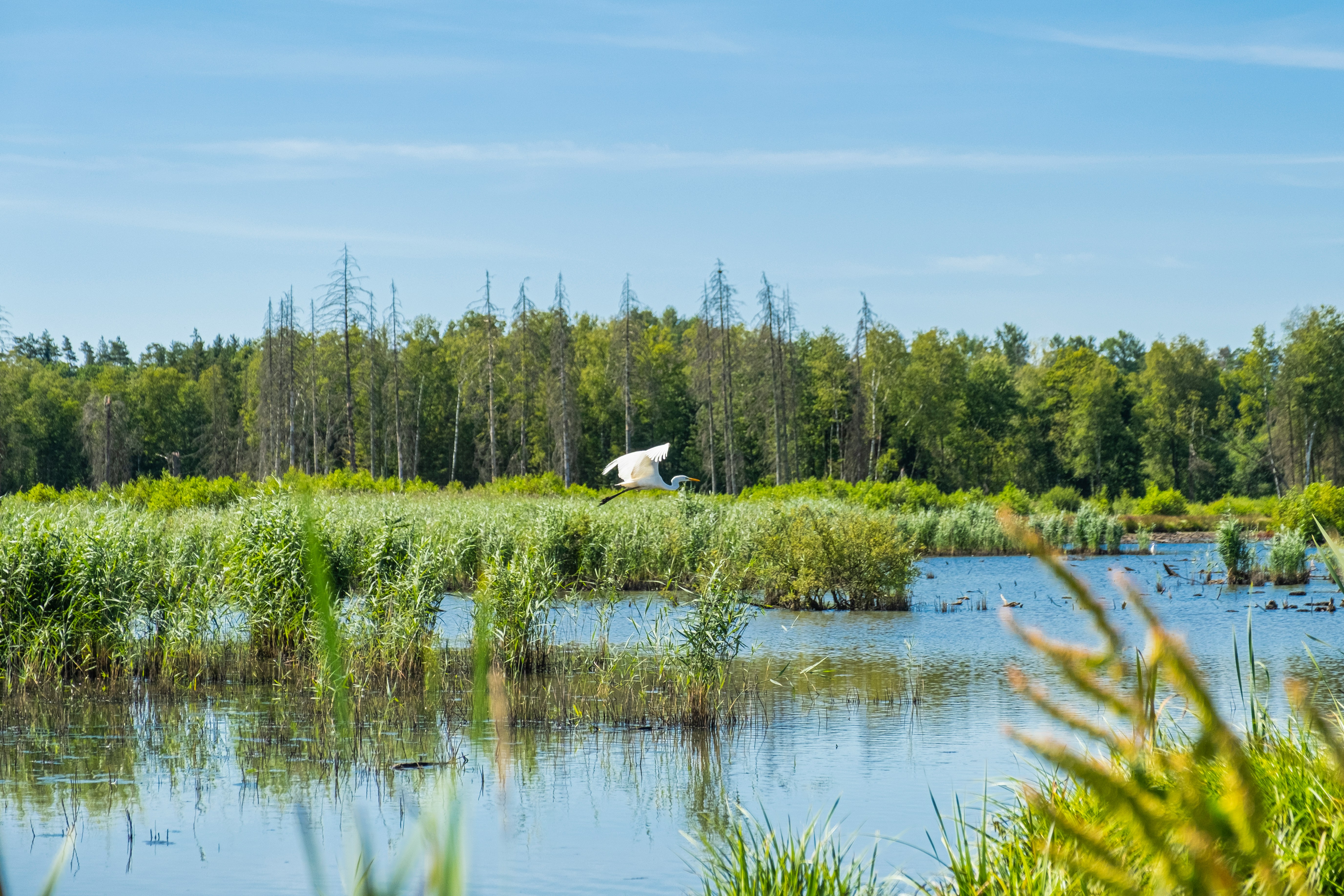
As our planet faces unprecedented challenges from climate change and habitat destruction, governments around the world are taking steps to address these pressing issues. In the United Kingdom, a crucial development in this regard is the implementation of biodiversity net gain requirements.
This initiative aims to ensure that development projects contribute positively to the environment by enhancing biodiversity. Are you prepared for these new biodiversity requirements?
The UK government has recently announced a significant milestone in its efforts to promote biodiversity net gain. The timetable for the implementation of these requirements has been set out, marking an important step forward in the conservation of our natural ecosystems. This development is in line with the government's commitment to leave the environment in a better state for future generations.
Who's affected?
According to the government's official announcement, biodiversity net gain will be mandatory for all new major developments in England from 12 February 2024, with small sites being affected from April 2024 and nationally significant infrastructure projects from November 2025. This means that developers will need to ensure that their projects result in a net gain in biodiversity, compared to the baseline conditions. This is a crucial shift in perspective, as it places the responsibility for enhancing biodiversity squarely on the shoulders of those undertaking development projects.
What is biodiversity net gain?
But what exactly is biodiversity net gain? In simple terms, it means that for every square meter of land lost to development, an equal or greater amount of land must be set aside and managed to enhance biodiversity. This could involve creating new habitats, planting native trees and plants, or restoring degraded ecosystems. The aim is to offset the negative impacts of development and ensure that our natural world thrives.
What can help meet biodiversity net gain targets?
Meeting these requirements may seem like a daunting task, but there are solutions available to help developers navigate this new landscape. These can include simple hydroseeding for erosion control, to vegetated wall systems, such as Rootlok, utilising any available space to maximise BNG potential.
GeoGrow's Rootlok system is a cutting-edge approach to landscaping and habitat creation that can play a pivotal role in achieving biodiversity net gain. This innovative system enables the establishment of strong and stable vegetation, making it an ideal choice for projects aiming to enhance biodiversity. Rootlok provides the necessary support for plants to grow and flourish, ensuring their long-term survival.
Rootlok's unique design promotes healthy root development and prevents soil erosion, making it a valuable tool in habitat restoration and creation. Whether you are working on a large-scale development project or a smaller landscaping endeavour, Rootlok can help you meet the biodiversity net gain requirements by ensuring that your planted vegetation thrives and contributes to a net gain in biodiversity.
For areas where a retaining wall system is too cumbersome, hydroseeding is a simple and cost-effective solution for vegetating open areas and steep slopes. Vegetating areas onsite when implementing erosion control measures is a great way to create more natural habitat and ecosystems, creating more natural infrastructure on developments.
In conclusion, the UK's biodiversity net gain requirements are a significant step towards protecting our environment and promoting sustainable development. It is essential for developers to be prepared for these new regulations and to seek solutions like GeoGrow's Rootlok system to facilitate compliance. By embracing biodiversity net gain, we can work together to create a better future for our planet, one development project at a time.
We can help
Contact us today to learn more about our solutions for creating greener infrastructure in your construction and landscaping projects.










